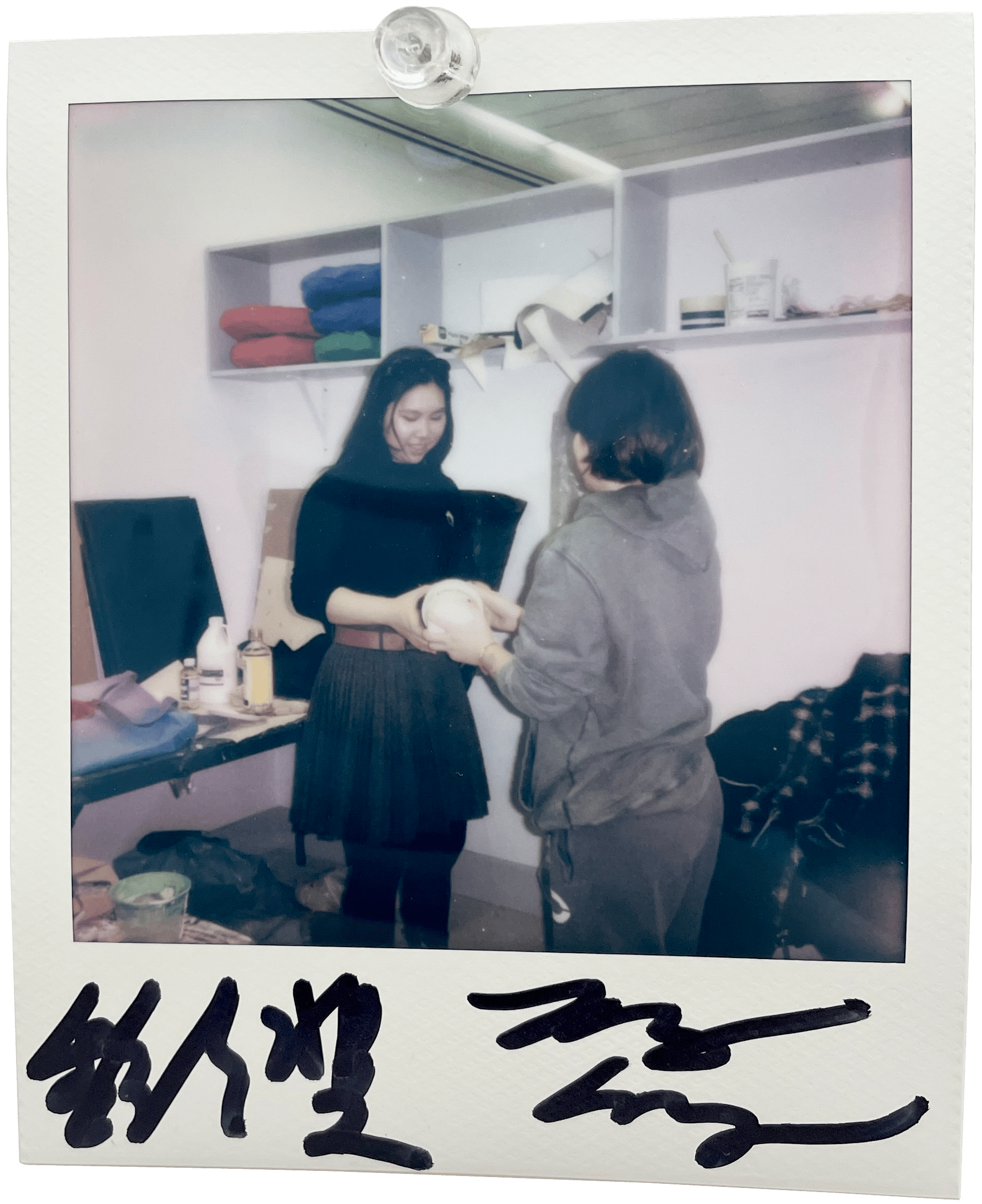Lingfei Wei

Art is a way for me to translate intangible human experiences into visible, physical forms. Influenced by Zao Wou-Ki and Josef Albers, my work has evolved from representational visual language to increasingly conceptual forms, reflecting my deepening fascination with cognition and how our minds process, distort, and reconstruct reality. This shift has led me to explore ways in which works of art could serve as visual illustrations that embody the qualities of those cognitive processes.
Viewer interaction lies at the heart of my practice. I see art as a puzzle, a dynamic space where I invite viewers to engage and decode, which often involves exploring the physical space around the artwork. For example, I would design elements that shift perceptually depending on the viewer’s angle or distance, encouraging them to explore not just the piece but ways in which they could interact with it. By creating works that respond to movement and perspective, I invite viewers to not only decode the piece but also reflect on their role in constructing meaning.
Given the conceptual nature of my work, I begin each project with a process of self-interrogation—questioning why a piece demands a specific medium, structure, or set of implicit rules. This inquiry, influenced as much by scientific methodologies as by artistic intuition, helps disentangle the core of what I want to convey. Every decision must be intentional. These self-imposed constraints guide my process, ensuring that the experience of making is analogous to the subject itself. For instance, in a work exploring memory, I chose oil on paper because it requires continuous maintenance, mirroring the process of memory rehearsal and its labile quality.
I am drawn to creating art that is on the edge of clarity and abstraction, allowing meaning to emerge organically. Much of my work involves the removal or distortion of data, where information is deliberately obscured or altered through rounds of manipulation, reducing readability to the point where understanding requires participation. The viewer then becomes part of the game, filling in gaps and finishing the puzzle. This dynamic interplay between artist, artwork, and audience is what keeps my artworks alive.
In essence, my work activates space, provokes inquiry, and reflects on the complexities of human perception and emotion. By creating environments where meaning is fluid and interaction is essential, I seek to transform passive viewing into an experiential and active construction.









